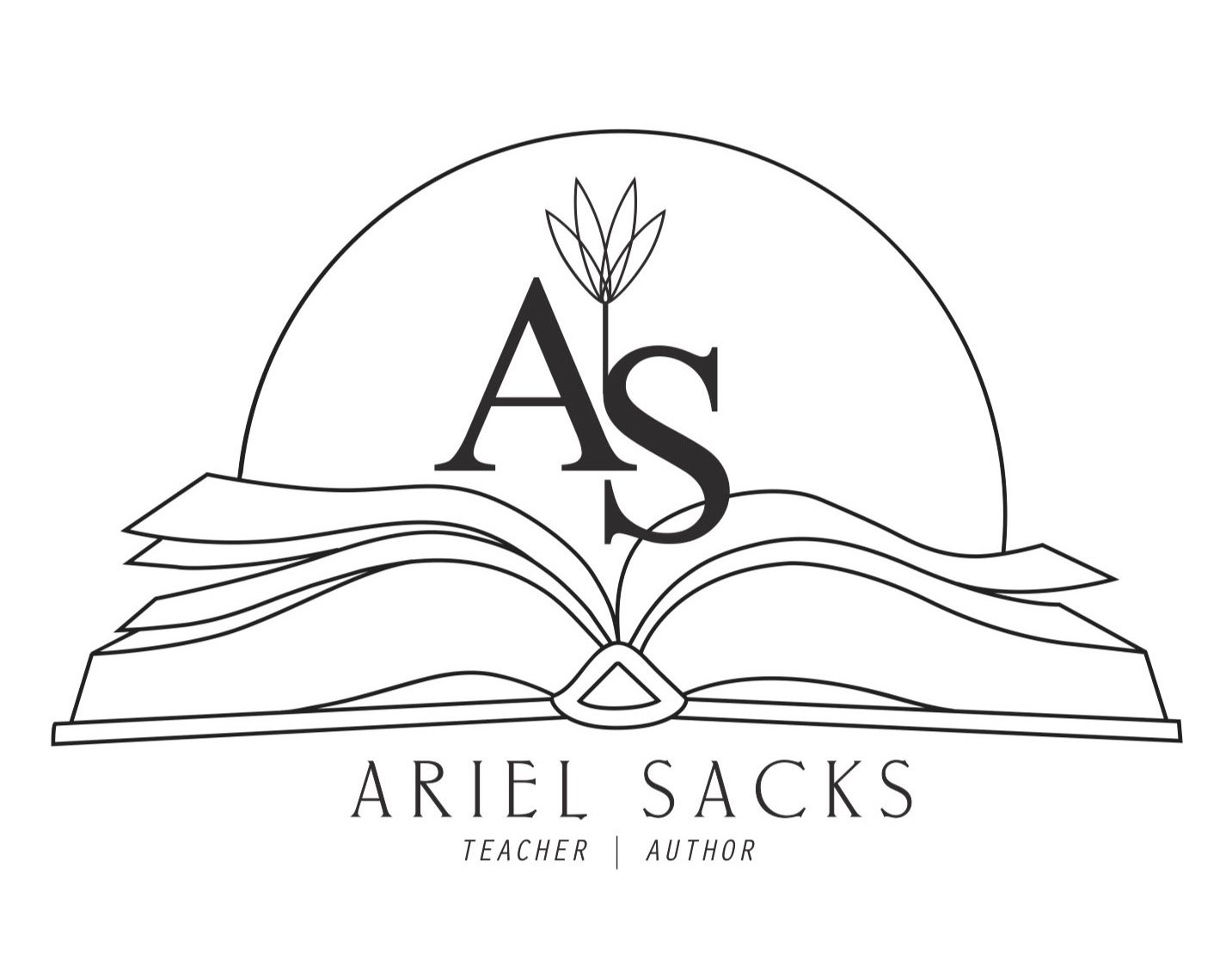This post first appeared on the Share My Lesson blog on July 7, 2016.
When my classes study novels together using the whole novels method, my students read and annotate the entire book before formally discussing it. One of the most common questions teachers ask me: “So what do you do in class while students are reading the book?”
Broadly speaking, I try to find a balance between giving students time to read the book—whether independently, in pairs, in small groups and occasionally as a whole class—and facilitating other activitiesthat help students engage with each other around elements of the text. There are endless possibilities, but my goals with such activities are to help students go a bit deeper in their reading and to provide a sense of community for them as readers.
I want to share a simple activity I recently tried out for the first time that worked really well. It’s one that easily could be adapted to any text, novel or other reading material.
Students were reading Animal Farm, and according to our schedule, they should have read up to Chapter 7 by today. When students came to class, I had these instructions waiting for them on tables along with a large sheet of newsprint:
- In a group of two or three, choose a quotation from Chapter 5, 6 or 7 that is significant.
- Copy it on the paper in quotations with page number.
- Explain its significance.
- Ask one question about it.
I imagined this as a formative assessment for me and a way to get students to engage with one another without my having to ask specific questions or lead a discussion. Most students worked with the person next to them or as a table, which is a procedure they are accustomed to by spring.
The process of looking back to the text and selecting a quote together was simple, yet meaningful. Students had to discuss what they thought was interesting and significant with the rest of the group. Working on the explanations allowed students to build comprehension together, and reading their responses gave me an idea of the students’ comprehension of the story without quizzing anyone.
I wasn’t sure what students would do with the question piece (step 4). I purposely didn’t include more specific requirements, because I wanted to see what they would ask, given the opportunity. I was impressed with the mostly critical, thought-provoking questions they posed. I’m not sure if this would have played out differently earlier in the year or with a different text; however, even if some students had offered literal-level questions, it would still have been useful information for me, and give students a chance to get some answers.
Initially, I thought this would be a quick opening activity and that I would simply display the papers around the room; but I realized we had an even better opportunity to use the students’ questions right away.
When most groups were done with the initial directions, I told them the next step was to go read another group’s work and respond to the question on the other group’s paper. They should sign their name to their response. The students should continue doing this until they had read and responded to most of the groups’ questions.
This part of the activity got students moving, which is important to incorporate into any middle school classroom. It also augmented the impact of the simple activity, because now students got the chance to engage with a range of quotes from the text, chosen by their classmates, which helped build comprehension (a form of rereading). Most of all, I loved that they got each other thinking by interacting with each other’s quotes and questions through written conversations.
Here are some examples of their work:
